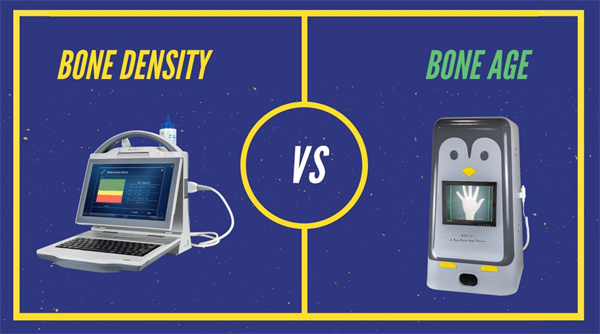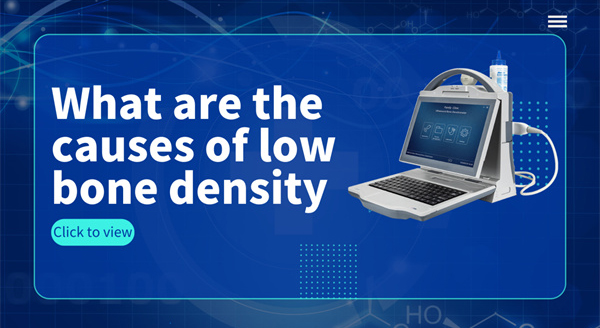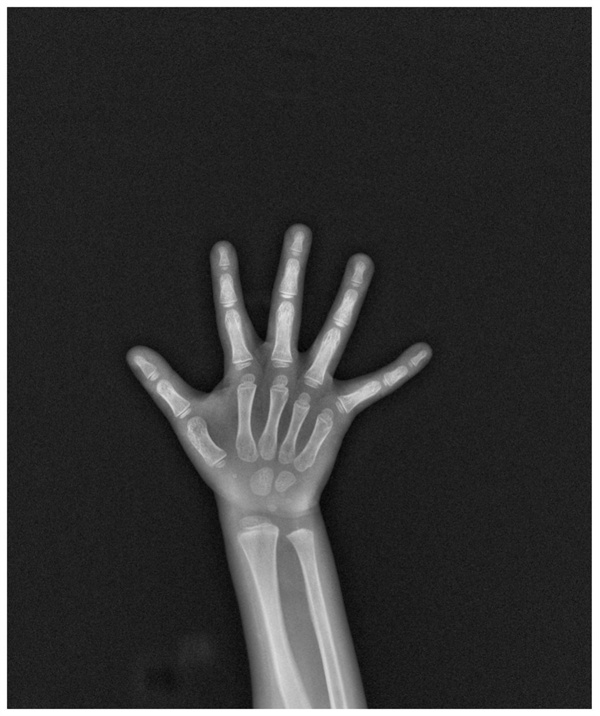Is bone density the same as bone age? Many parents tend to confuse the concepts of bone density and bone age when taking their children for check-ups. So, what are the specific differences between bone density and bone age? A simple understanding of the differences between the two in one article.
Bone density is an important indicator of bone quality and one of the key health standards for children. It is an effective way to understand the bone mineral content in children. Bone mineral density measurement is an important basis for reflecting the degree of osteoporosis and predicting the risk of fractures.
What is bone density?
Bone density, whose full name is bone mineral density, reflects the strength of bones and is an important indicator of bone quality. For children to grow taller, it is not only necessary for the longitudinal growth at both ends of the bones, but also for the bones to bear the weight of the entire body. The bone density accumulated by children during their height growth is of great significance for preventing osteoporosis in adulthood and reducing the risk of fractures. It is an important indicator of the healthy development of children’s bones It is also an important basis for clinicians to decide whether to supplement children with calcium, vitamin D and its active substances, etc.
What are the functions of measuring bone density in children?
Bone density can accurately reflect the development and maturation of bones during childhood and adolescence. When children grow rapidly, most of them also have an increase in bone mineral deposits, and the characteristic increase that only occurs during adolescence appears earlier, indicating that their bone development and maturation are advanced. The more severe the precocious puberty, the more obvious the increase in bone mineral content and bone density. The combination of bone mineral density and bone age films in evaluating bone age can enhance its accuracy and has significant clinical significance for assessing sexual development status and diagnosing precocious puberty.
How to measure bone density?
For children in the growth and development period, the bone density test uses an ultrasonic bone density meter. This kind of examination reflects the strength of bones through the difference in the speed of ultrasound propagation in the bones. It has the advantages of no radiation, no trauma, no pain, short detection time and accurate diagnostic results.
Bone age represents the developmental age, which is determined based on specific images from X-rays. It better reflects the maturity of human bones than actual age and serves as an indicator for assessing the physical development of children.
What is bone age?
Human growth and development can be represented by two “ages”, namely life age (calendar age) and biological age (bone age). Bone age, short for skeletal age, is determined by specific images of bones in X-ray photography. Compared with the age we usually refer to (calendar age), bone age is of great significance for evaluating the growth and development of children and adolescents, disease diagnosis, and monitoring clinical treatment.
What is the significance of measuring bone age?
☑ It can accurately reflect an individual’s growth and development level and maturity (determine what stage of growth and development they are in, and also help distinguish between “early growth” or “late growth”, etc.).
☑ Understand the growth and development potential of children as well as the trend of sexual maturity (the judgment of remaining growth space and sexual maturity).
☑ Predict the adult height of children (determine whether short or early-developing children need treatment).
☑ Children with precocious puberty often have an earlier bone age.
☑ Guide the judgment of clinical medication and treatment effects for precocious puberty.
How to measure bone age?
There are many methods for bone age determination. The most familiar one is to take an X-ray of the left wrist of a person. Doctors observe the development degree of the ossification centers at the lower ends of the phalanges, carpal bones, and radius and ulna of the left palm through the X-ray to determine the bone age.
Post time: Sep-18-2025



